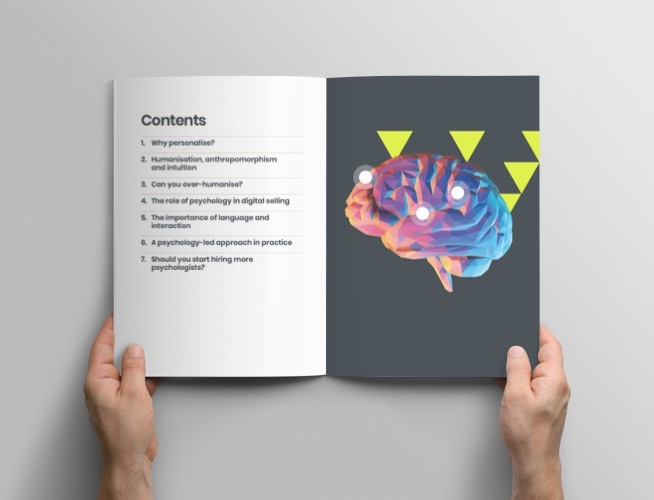Understanding the nuanced motivations behind a customer’s purchasing decisions is a key part of so many roles within the telecommunications sector. It’s not just about selling; it’s about engaging with consumers. Marketing professionals are on a quest to craft messages that resonate across the broad spectrum of customer preferences. Meanwhile, website developers are focused on refining the digital shopping experience for greater efficiency and compelling engagement.
We all know that users have different shopping styles, and that no user approaches their phone purchasing journey in the same way. Despite that, finding compelling ways to group these customers together helps us better communicate with them and it is fuelling meaningful conversations about ecommerce personalisation in the industry.
Leveraging over 600,000 user interactions from the first quarter of 2024, 15gifts’ guided selling engine gives us a unique insight into 2 key decision drivers, providing food for thought on how to better connect with online users.
Impulsive vs. Patient Users
Nearly half of all users, precisely 48%, spend less than a minute viewing each webpage in the upper funnel. This hasty behaviour might once have been written off as “just browsing” but the importance of these decisive individuals shouldn’t be underestimated, as they make up 37% of industry sales.
Furthermore, these individuals are 51% more likely than others to know exactly which handset they are seeking. Notably, the devices in question are 35% more likely to be flagship models, showcasing a preference for high-end technology. Even in instances of uncertainty regarding the specific model, there’s a noteworthy tendency among these consumers—a 12% higher likelihood—to opt for the latest technology.
Differentiating the Patient Users: Emotion vs. Logic
For those users who arrive without a predetermined choice for the latest flagship device, the abundance of options can lead to a sense of overwhelming choice and a fear of missing out. Consider this: adults in the UK dedicate 25% of their waking hours to engaging with their mobile phones, making it one of the most significant investments not only financially but also in terms of time spent. This realisation heightens the perceived importance of their decision, significantly influencing the purchasing process.
In navigating this decision-making process, we find that users typically resort to two primary modes of thinking: the logical and the emotional. Understanding these perspectives is crucial for tailoring the online shopping experience to effectively meet diverse user needs.
Understanding Logical Users
Logical customers approach their purchasing decisions with a methodical mindset, predominantly navigating to shopping pages directly from other areas of the telco website, rather than through search engines (- 32%) or social media platforms (-80%).
Their buying journey resembles a funnelling exercise. Initially, these users are open to exploring a variety of mobile phone brands (+8%), and they typically seek more basic models (+12%).
However, once presented with options, they become more like investigators. They are 14% more inclined to scrutinise the technical specifications of a phone and 11% more likely to adjust their initial budget based on an analysis of their needs.
Engaging with this customer segment revealed their preference for autonomously collecting and analysing data to draw their own insights about a product’s worth and usefulness. This desire for independence is reflected in their favouring of self-service options like the “help me choose” tool on the website, while they lean away from direct engagement through chat channels (-9%) or sharing feedback with the provider (-40%).
Understanding Emotional Users
The opposite is true, of those more emotionally driven individuals, they’re far more likely to be trying to make a human connection with the company they’re purchasing from to help them feel more comfortable and confident in their decision.
This desire for connection makes them one of the stickiest types of users. Such emotionally driven customers are discernibly loyal, demonstrated by their 12% higher likelihood of exclusively shopping with a single brand. When these consumers seek support, their approach doesn’t vary significantly from other users. For instance, they are only 5% more inclined to feedback on product pricing. Yet, it’s the emotive nature of their language that sets them apart—they are less prone to simply label an item as expensive (by 2%) and 13% more inclined to express a desire for a deal.
As we begin to unpick this world of patient or impulsive, emotive or logical customers, our understanding of customer preferences continues to deepen. The integration of AI into ecommerce is a topic of significant interest, prompting us to leverage these insights to tailor support that truly resonates with diverse customer needs.
By focusing on the practical aspects of the purchasing process, such as simplifying the selection of devices or streamlining information about a specific product, alongside addressing the emotional dimensions, we keep the motivations and behaviours of our end users at the heart of our product development discussions. This approach is pivotal in crafting a digital buying experience that feels more intuitive, personal, and human.



